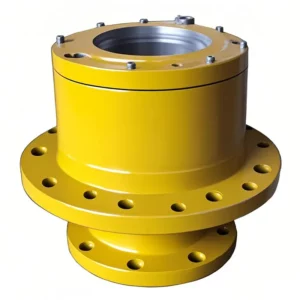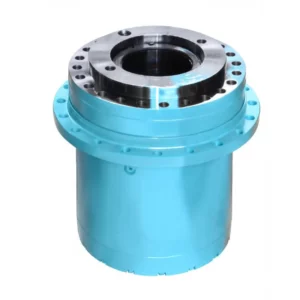Winch Drive for Bridge Suspension Lifting Equipment
The Winch Drive Planetary Gearbox is designed for bridge suspension lifting equipment, providing efficient power transmission and torque multiplication. This gearbox enables smooth operation and precise control in winch systems, ensuring reliable lifting and lowering of heavy loads while enhancing overall performance and durability in demanding environments.
Winch Drive Planetary Gearbox for Bridge Suspension Lifting Equipment
The Winch Drive Planetary Gearbox is engineered for optimal torque transmission and efficiency, making it ideal for bridge suspension lifting applications. Its compact design and robust construction ensure reliable performance and durability under heavy loads.
Specifications
- Gear ratio: Customizable
- Input power: Up to 15 kW
- Output torque: Up to 5000 Nm
- Operating temperature: -40°C to +60°C
- Weight: Varies based on configuration
| Specification | Details |
|---|---|
| Output torque range | 1000-280000 N.m |
| Gear ratios | i=5.3-400 |
| Support | The gearbox has rotating housing flanges to fit winch |
| Applicable motors | Axial piston hydraulic motors, hydraulic orbit motors or others |
| Hydraulic motor options | Pressure relief valve, overcenter valve on request |
| Bearing | Robust bearing system absorbing the forces exerted by the ring gear |
| Brake | Hydraulic released parking brake on request |
| Performance figures | Refer to FEM standards, class M5 (T5-L2) for output max. speeds of 25 rpm |
| Compatibility | Technical data and installation dimensions of the EP400W Series gearbox are same as those of Rexroth GFT…W Series and Bonfiglioli 800 Series, so these three can be used interchangeably |
| Type | Max. torque N.m | Range of ratios (i) | Max. Input speed (rpm) | Braking torque (N.m) |
| EP400W1 | 870 | 6.09 | 1000 | 130 |
| EP401W1 | 1300 | 6.2 | 1000 | 270 |
| EP402W2 | 4000 | 12.4-37.1 | 3500 | - |
| EP403W2 | 4000 | 15.4-40 | 3500 | 270 |
| EP405W | 7000 | 20-80 | 3500 | 270 |
| EP405.4W | 5500 | 26-57 | 3500 | 280 |
| EP406AW | 12500 | 23-220 | 3500 | 430 |
| EP406W | 13000 | 28-140 | 3500 | 430 |
| EP406BW3 | 17500 | 63-136 | 3500 | 430 |
| EP407AW | 18000 | 38-136 | 3500 | 430-530 |
| EP407W3 | 26000 | 63-136 | 3500 | 530 |
| EP410W3 | 37500 | 62-177 | 3500 | 530 |
| EP413W3 | 42500 | 86-172 | 3500 | 610 |
| EP414W3 | 67000 | 76-186 | 3500 | 1200 |
| EP415W3 | 100000 | 81-215 | 3000 | 1200 |
| EP416W3 | 140000 | 87-255 | 3000 | 2000 |
| EP417W3 | 200000 | 123-365 | 3000 | 2000 |
| EP419W3 | 275000 | 161-306 | 2500 | 3000 |
How does the Winch Drive Planetary Gearbox for Bridge Suspension Lifting Equipment Work?
The Winch Drive Planetary Gearbox operates on the principle of planetary gear systems, which consist of a central sun gear, surrounding planet gears, and a ring gear. As the motor turns the sun gear, the planet gears rotate around it while also orbiting within the ring gear. This configuration allows for high torque and compact design, essential for lifting heavy loads in bridge suspension systems. The gearbox efficiently transmits power, ensuring smooth operation and enhanced durability for lifting equipment.
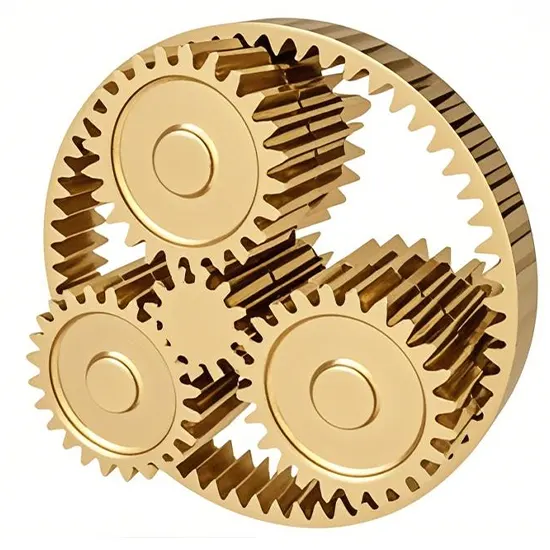
Determining Maximum Torque Capacity of Winch Drive Planetary Gearbox
To ascertain the maximum torque that a Winch Drive Planetary Gearbox can withstand, several factors must be evaluated. These include the gearbox material properties, gear design, and the load conditions during operation. Manufacturers typically provide torque ratings based on extensive testing and material specifications. Additionally, safety factors should be considered, taking into account potential overload scenarios. Regular maintenance and monitoring can also ensure the gearbox operates within its torque limits, thereby prolonging its lifespan and preventing mechanical failure.
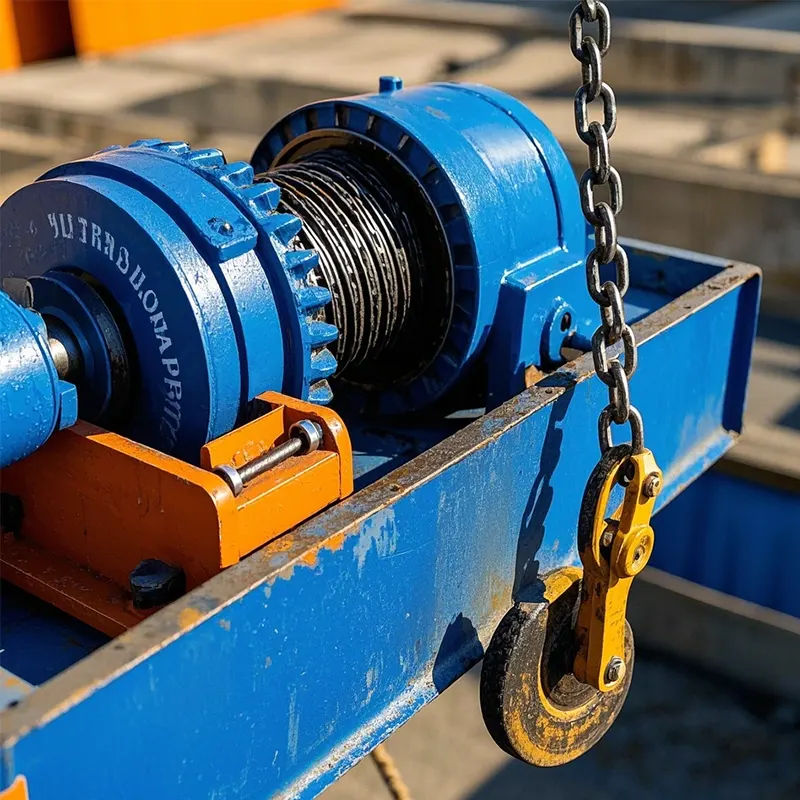
How to Choose a Winch Drive Planetary Gearbox for Bridge Suspension Lifting Equipment
When selecting a winch drive planetary gearbox, consider the following factors: first, determine the required power or torque to ensure the gearbox can handle the load. Next, assess the gear ratio and speed required for optimal performance. The input and output types, such as spline, hollow, or solid, should match your system's requirements. Additionally, evaluate whether there are external or radial forces acting on the input or output. Consider the operating temperature, lifespan expectations, and any special requirements, such as continuous operation or shock loads, to ensure reliability and efficiency in your application.
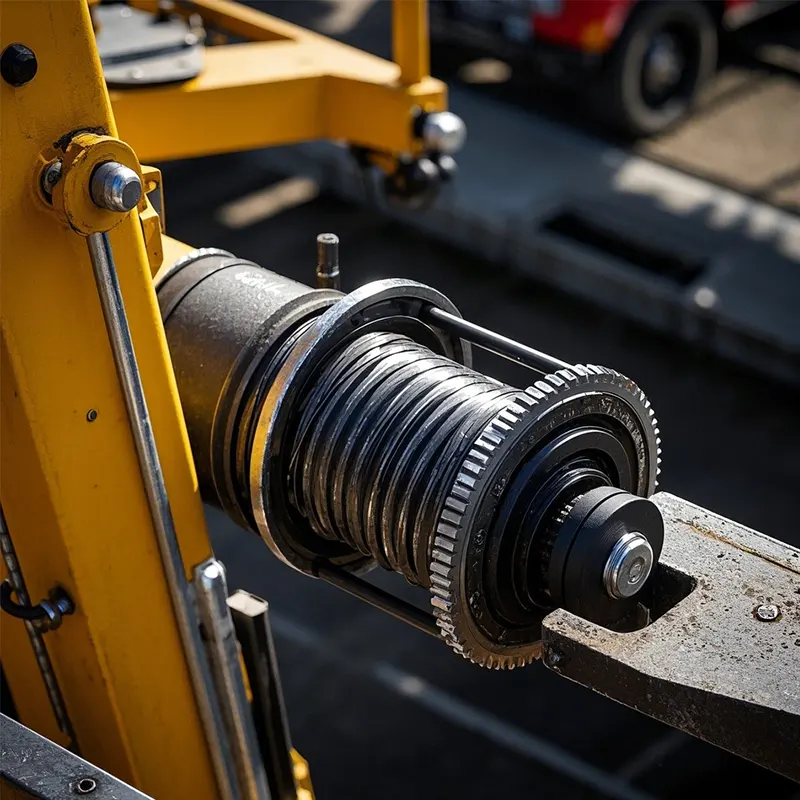
Winch Drive Planetary Gearbox for Bridge Suspension Lifting Equipment
To determine if a planetary gearbox is overloaded, monitor for unusual noise, excessive heat, or vibration during operation. Check for signs of wear on gears and bearings, as well as any irregularities in torque outputs. Regular maintenance and inspection will help identify overload conditions early, preventing potential damage and ensuring efficient performance of the lifting equipment.
Signs of Gearbox Overload
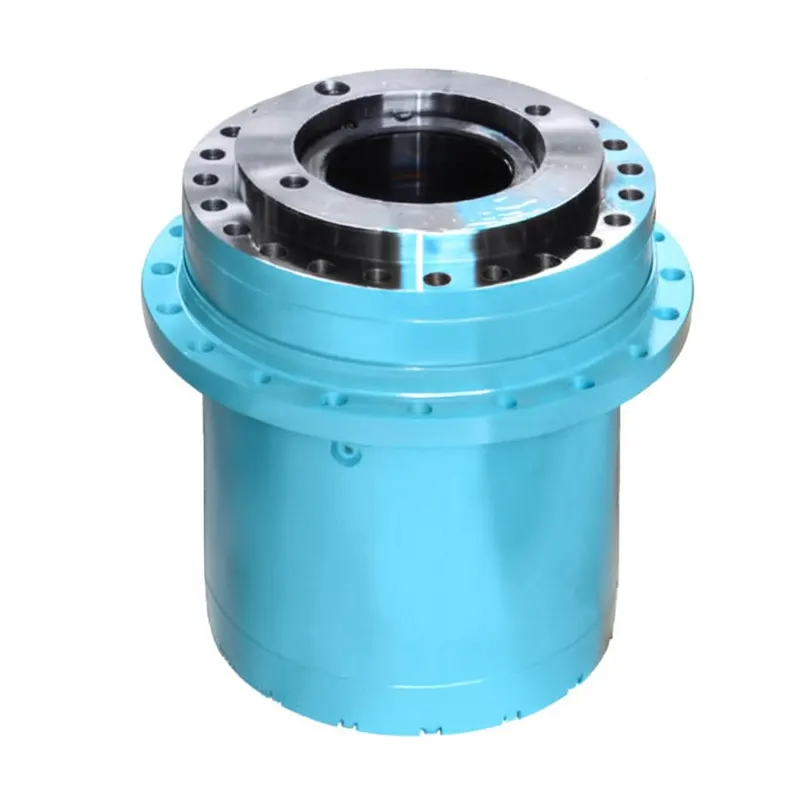
- Unusual noises indicating stress on components.
- Excessive heat build-up during operations.
- Visible wear on gears and mounting points.
- Increased vibration levels during lifting.
- Torque output inconsistencies during operation.
Winch Planetary Gearbox Supplier
GBC is the Australian sales agent for Ever-power Group, providing high-quality gear solutions tailored to various applications. The Winch Drive Planetary Gearbox is essential for bridge suspension lifting equipment, offering unmatched efficiency and reliability. Its compact design ensures optimal performance while minimizing space requirements, making it an ideal choice for heavy lifting tasks.
We encourage all clients to consider customizing and purchasing our top-tier planetary gearboxes to enhance their operational capabilities. Your success is our priority!
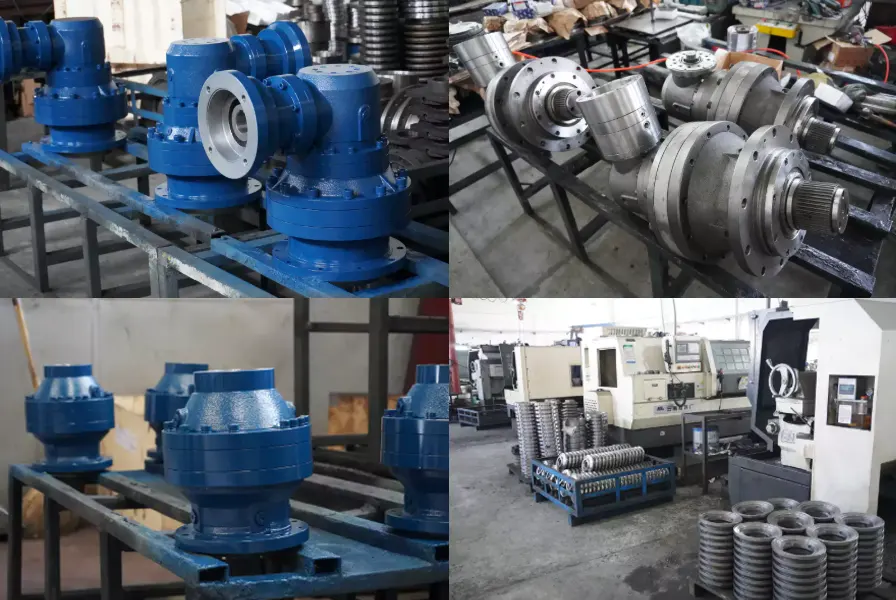
Additional information
| Edited by | Sylvia |
|---|
The Winch Drive Planetary Gearbox is designed for bridge suspension lifting equipment, providing efficient power transmission and torque multiplication. This gearbox enables smooth operation and precise control in winch systems, ensuring reliable lifting and lowering of heavy loads while enhancing overall performance and durability in demanding environments.

